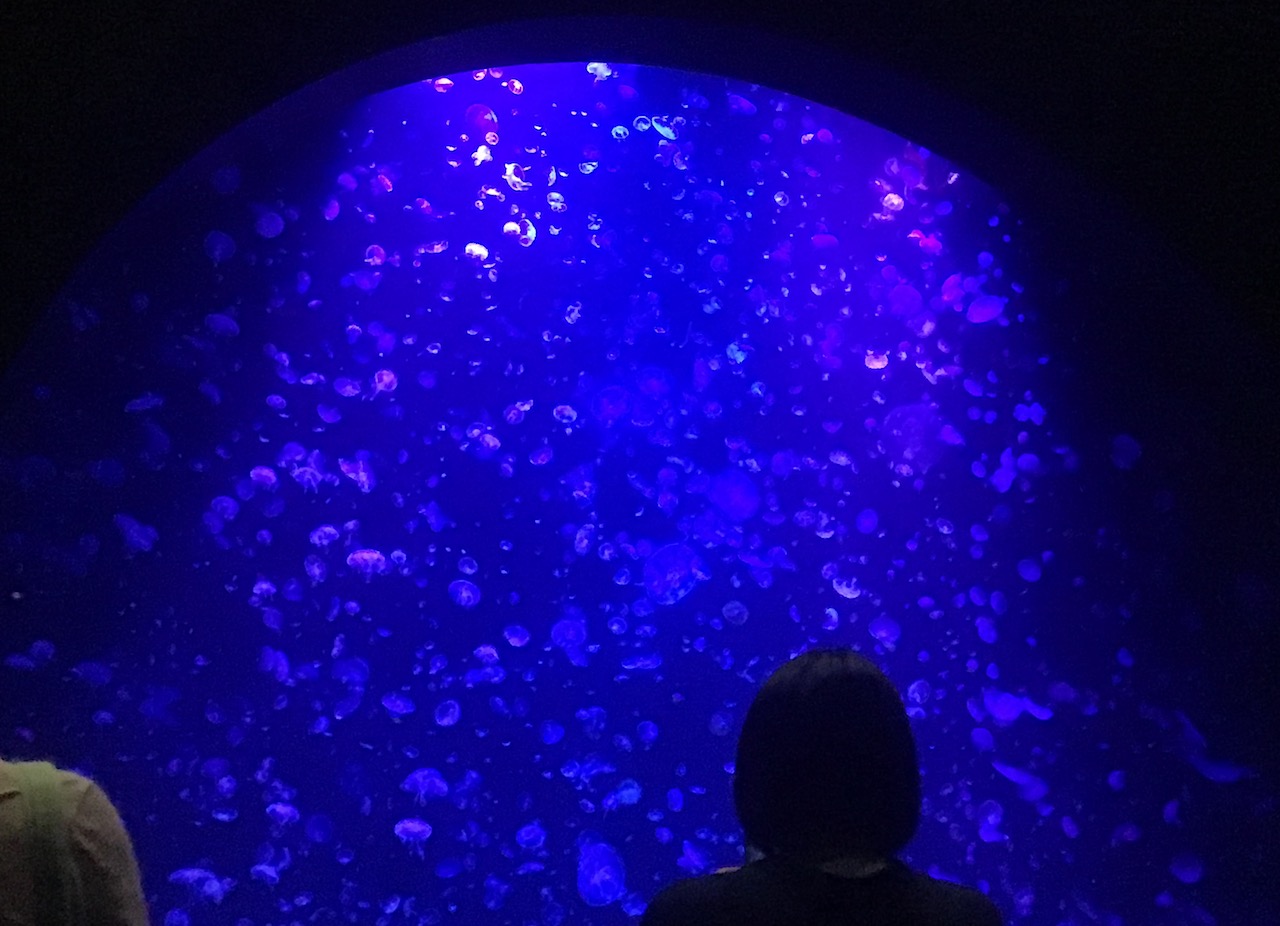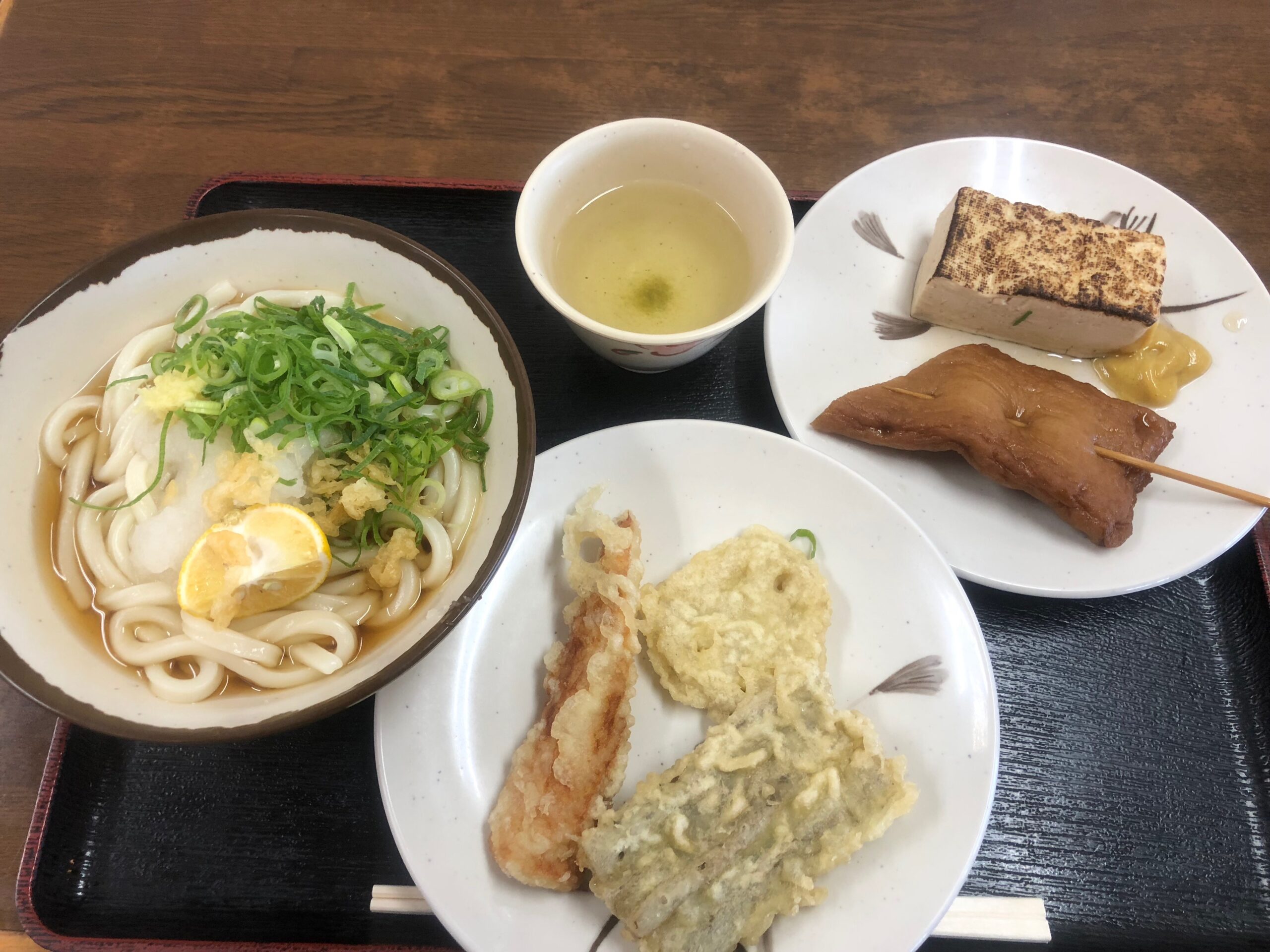Koyasan (Mount Koya) in Wakayama Prefecture is a Buddhist city with many temples.
Tours to Koyasan to stay at a lodging house and eat Shojin Ryori (Buddhist vegetarian cuisines) are popular, but even if you don’t stay at a lodging house, there are restaurants in Koyasan where you can enjoy Shojin Ryori.
On this day, we spent the morning touring the temples of Koyasan. Since we were in Koyasan, we decided to have vegetarian food for lunch after visiting the temples.
This article describes how we ate Shojin Ryori for lunch at the Hanabishi restaurant in Koyasan.
Eating a Shojin Ryori at Hanabishi in Koyasan
What is Shojin Ryori (Buddhist Vegetarian Cusines)?
By the way, what kind of food is Shojin Ryori (Buddhist Vegetarian Cuisines)?
According to the teachings of Buddhism, Shojin Ryori is vegetarian food prepared without animal products such as meat and fish, or plants such as garlic and other leeks.
Shojin Ryori lunch at Hanabishi
There are some restaurants in Koyasan that offer Buddhist vegetarian food for lunch. This time, we decided to have Shojin Ryori at a popular restaurant called “Hanabishi” near Kongobuji Temple.
Hanabishi’s Buddhist vegetarian food menu
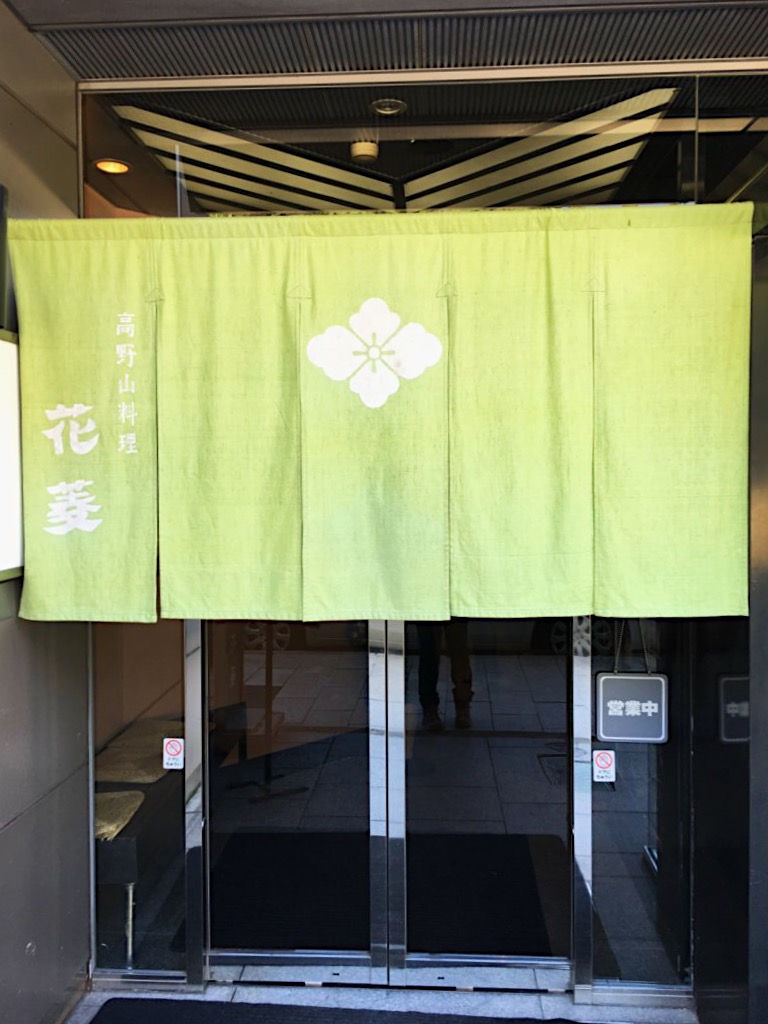
There are several Buddhist vegetarian dishes on the menu at Hanabishi, and I ordered one of them, “Sanko-zen” (2,000 yen).
The name “Sanko-zen” comes from a tree called “Sanko-no-matsu” (three-pointed vajra pine tree), which is found in the Danjo Garan, a historical site in Koyasan.
When you are seated at the table, you are first served tea and ocha-uke (a type of Japanese dry confection of starch and sugar).
Menu for Sankozen cuisine course
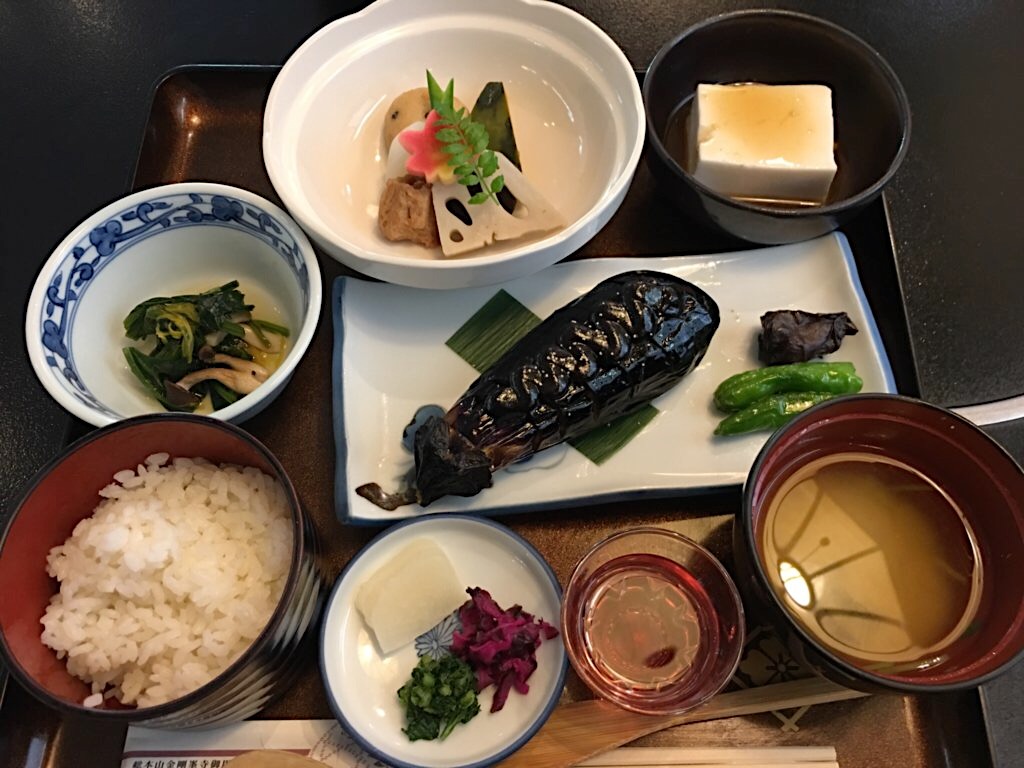
Next, the meal was served. The Sankozen course menu is as follows.
- Pre-meal juice (perilla juice)
- Simmered vegetables such as pumpkin and lotus root
- Grilled eggplant with miso paste
- Sesame tofu with wasabi sauce (yoshino kuzu)
- Vegetables dressed with sauce
- Pickles
- Rice
- Soup
- Dessert
When you taste the food, you can tell that every dish is carefully prepared. The soup stock was based on kombu seaweed, with dried red pepper, shiitake mushrooms, and roasted rice. The miso used for the eggplant dengaku was richly sweet and delicious.
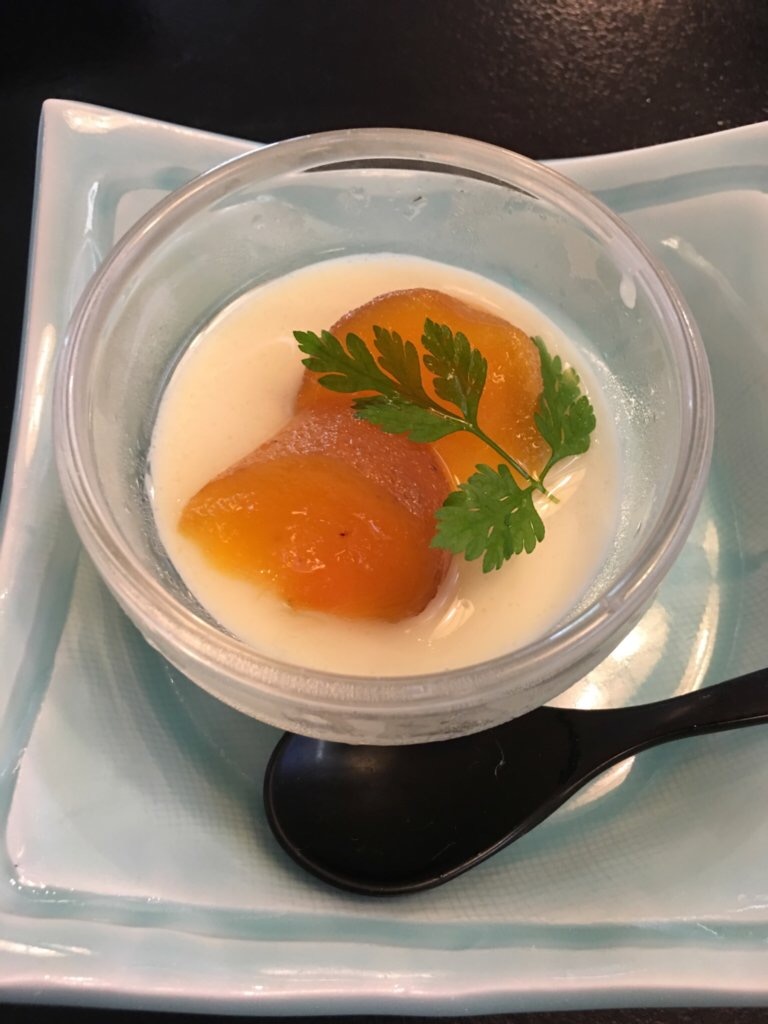
The dessert eaten at the end of a meal was a soy milk pudding with persimmons on top. The taste was elegant and not too sweet.
In addition to Buddhist vegetarian cuisine, Hanabishi also offers a variety of other dishes such as sashimi and tempura in a Shokado bento box.
Summary of Shojin Ryori lunch at Koyasan
At Hanabishi, we were able to enjoy a variety of carefully prepared Buddhist vegetable dishes. By eating Shojin Ryori cuisine, you will be able to come up with ideas for dishes that enhance the natural taste of vegetables.
How about trying the Buddhist vegetarian cuisine at Hanabishi when you visit Koyasan?
Hanabishi Hours, Access, and Parking
Hanabishi has a parking lot for 10 cars, but if the lot is full, there are several free parking lots in the area.
| Access | A four-minute walk from Kongobuji Temple. |
|---|---|
| Address | |
| Opening hours | 11:00~18:00 (Until 17:00 in winter) |
| URL | Official website |
| Parking | Free parking for up to 10 cars. |
Sightseeing spots in the surrounding area
For more information on tourist spots in Wakayama and surrounding prefectures, please see this article.


